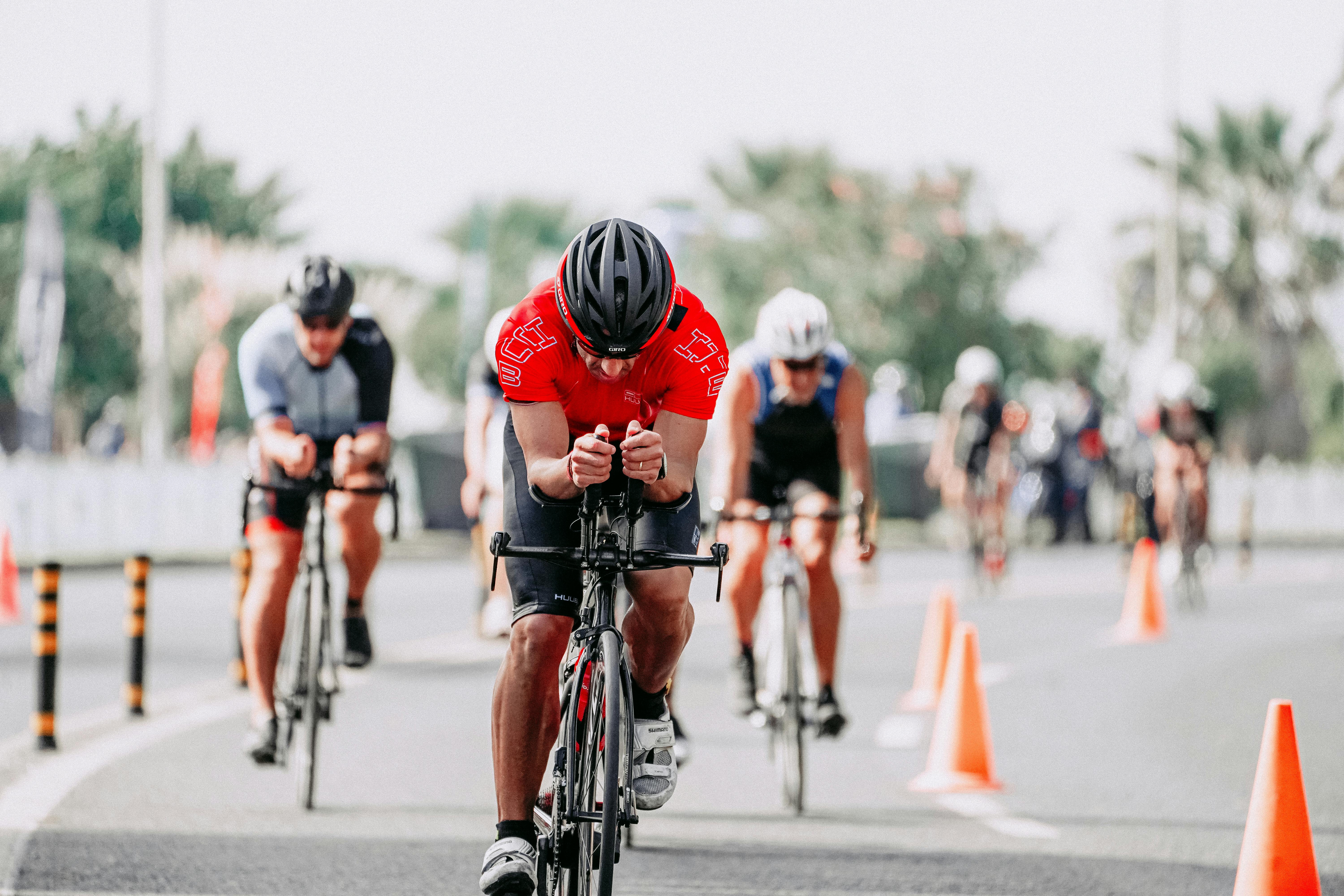A Deep Dive Into the Intricacies of Triathlon Training
Discover the fascinating world of triathlon training, the grueling yet rewarding regimen that shapes a multi-disciplined athlete. This article unpacks the science and strategy behind triathlon preparation, offering a fresh perspective on this challenging sport.

The Genesis of Triathlon: A Historical Sneak Peek
Triathlon has its roots in the early part of the 20th century, initially emerging as an alternative workout routine for track athletes. It gained popularity during the mid-1970s in San Diego, California, when the San Diego Track Club sought a new form of vigorous training that combined swimming, cycling, and running. The sport took off internationally after its inclusion in the Olympic Games in 2000. Today, the triathlon is a noted endurance event that tests the limits of an athlete’s physical and mental capacity.
Getting a Grip on Triathlon Training: An In-Depth Overview
Triathlon training is a demanding process that requires a balanced approach to build endurance, speed, technique, and strength across three different disciplines. Athletes need to master swimming in open waters, cycling in varying terrains, and long-distance running. They must also learn to transition seamlessly between each segment, a skill often underestimated but crucial to a triathlete’s success.
Current Trends in Triathlon Training: A Closer Look
With the advent of sports science, modern triathlon training has evolved to become more complex and specialized. Current trends include incorporating high-intensity interval training (HIIT) for speed and stamina, cross-training for strength and flexibility, and using wearable technology for tracking performance metrics. There’s also a growing emphasis on mental training to help athletes manage the psychological stress of competing in such an intense event.
The Ups and Downs of Triathlon Training: The Good, The Bad, and The Ugly
While triathlon training can enhance cardiovascular health, build resilience, and improve physical strength, it also has its potential pitfalls. Overtraining and injuries are common issues, often resulting from inadequate recovery periods or improper training techniques. Additionally, the financial and time commitments involved can also prove challenging. However, with the right strategy and mindset, these hurdles can be effectively managed.
Triathlon Training in Practice: Real-World Applications
Several world-class athletes have demonstrated the effectiveness of disciplined triathlon training. For instance, Jan Frodeno, the current Ironman World Champion, attributes his success to a meticulous training regimen that focuses on fine-tuning his technique, building his endurance, and strengthening his mental fortitude. His achievements serve as a testament to the power of comprehensive, well-rounded triathlon training.
In conclusion, triathlon training is a multifaceted discipline that requires a unique blend of physical prowess, mental grit, and strategic planning. For those willing to embrace its challenges, it offers an unparalleled opportunity to push the boundaries of human performance.





